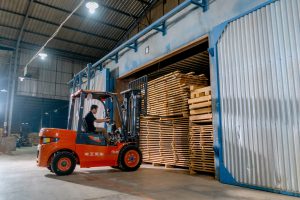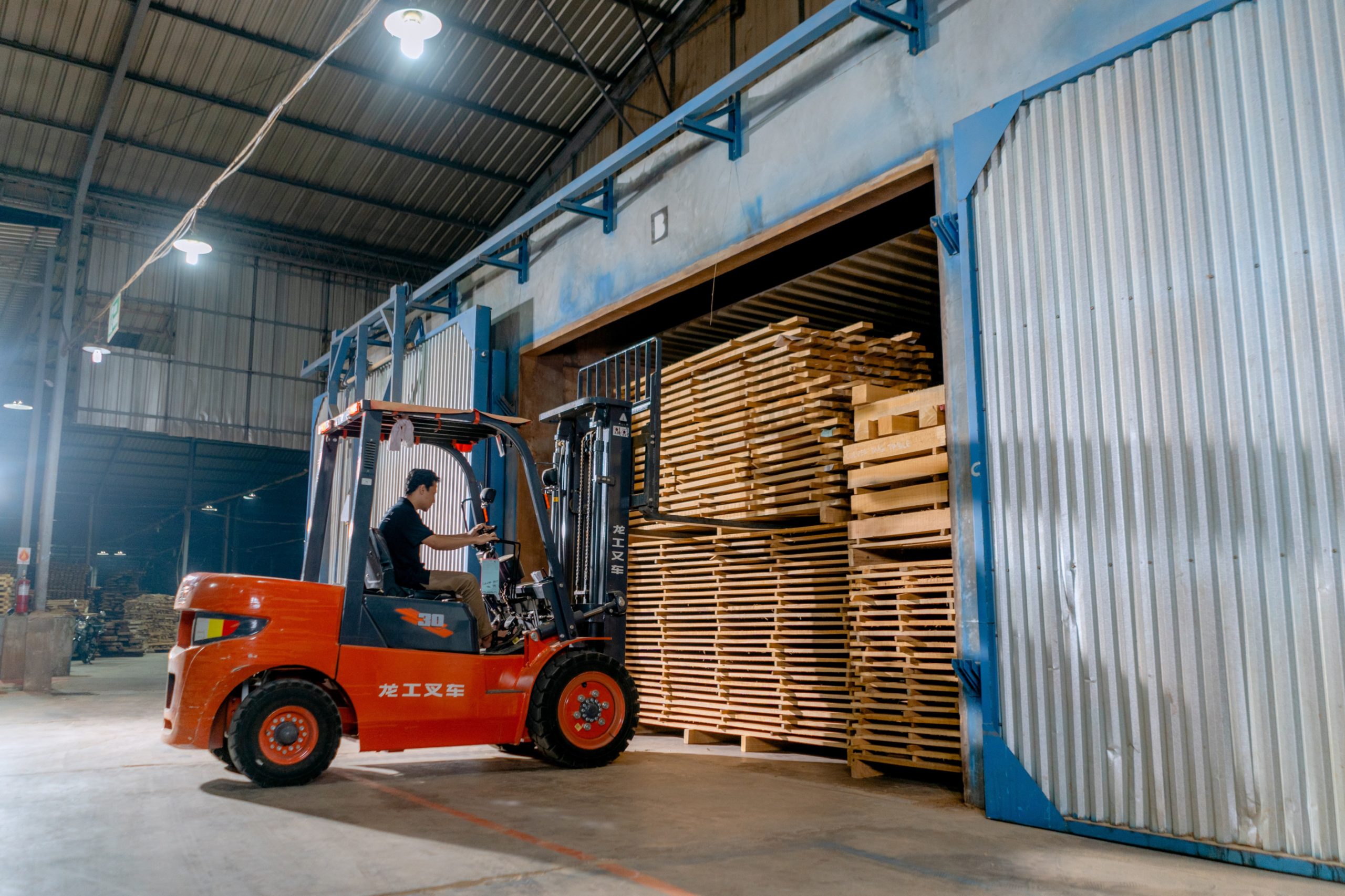Top Tips to Handling Loads Safely
The most common forklift accidents are tipping and dropping your load. Both can result in injury, unnecessary expenses due to lost or damaged products, and downtime.

Image courtesy of Pexels – Photo by Mandiri Abadi
These 13 Load Safety Tips can help maximize the performance of your forklift operation and minimize accidents:
1. Make sure all loads are centered. If you must lift an off-center load, distribute the heaviest part of the load closest to the forklift’s front wheels.
2. Never exceed the load capacity of the forklift. It should be posted on the forklift itself as well as the owner’s manual. If you are unsure if the load you are lifting weights more than the lift’s capacity, err on the side of caution.
3. Slow down: Never move too fast or attempt to make turns too quickly when carrying any size load.
4. Spacing counts: Make sure the forklift is positioned squarely in front of the load, ideally 8 to 12 inches (20 to 30 centimeters). Don’t get too close or too far away from your load.
5. When lowering the load, make sure the lowest point is 6 to 8 inches (15 to 20 cm) from the load.
6. Before lowering the load, make sure the mast has been returned to the vertical position.
7. Before lifting the load, make sure it is about 4 inches (10 cm) above the lower stack.
8. Adjust the forks so that the weight of the load is centered between them. The forks can be adjusted either manually or with the fork positioner.
9. Don’t tilt the load forward while the vehicle is moving. This can reduce the stability of the load and cause it to topple.
10. Most accidents occur while the load is being tilted, so take additional precautions when tipping the load. Don’t tilt forward with the forks elevated unless you are picking up or depositing a load.
11. Look up: If you don’t have overhead clearance, you are going to lose the load. Check the clearance before raising the load. Take additional precautions when raising the load under sprinkler systems, pipes, lighting fixtures, or anything attached to the ceiling. When moving, make sure you have enough clearance whenever passing under an obstacle.
12. The forks on your vehicle should never be raised or lowered unless the forklift is stopped and the brake is set.
13. As you approach your load with your forklift, make sure the forks are raised at the correct height and that the direction control is set to neutral. This will help prevent you from knocking a load over.

